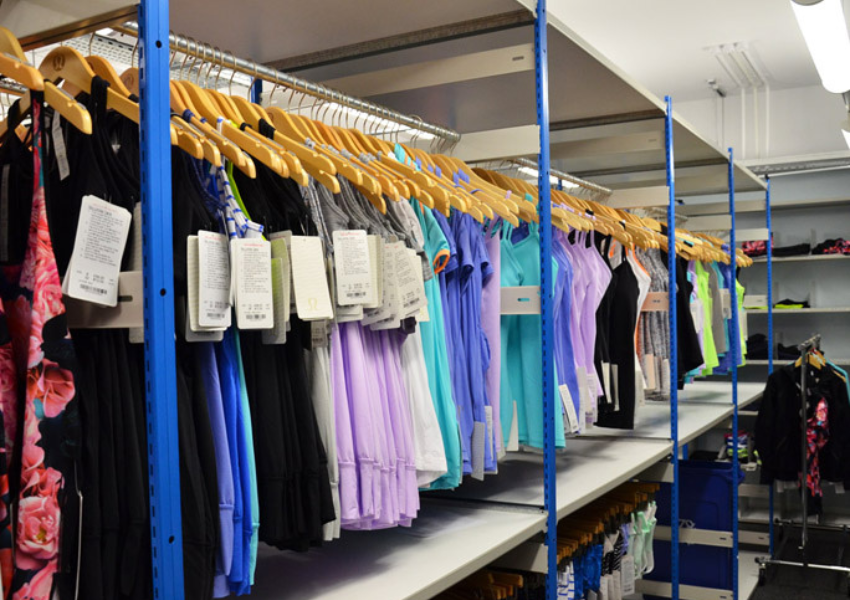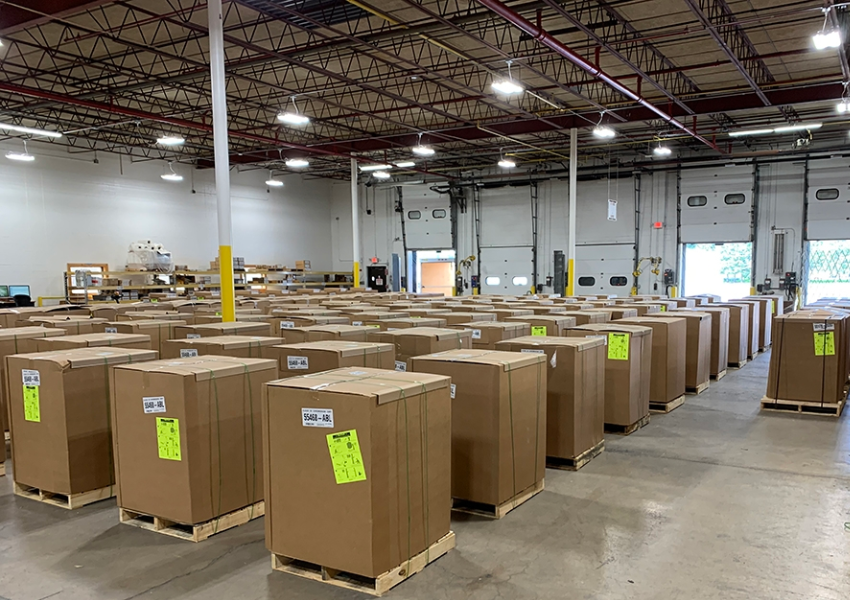How to Recover Revenue from Surplus Fashion Inventory: A Guide for Fashion Brands and Retailers

Surplus inventory is an inevitable part of business for most fashion brands and retailers. Whether its unsold products from previous seasons or customer returns, even after the traditional sales period ends, some inventory remains unsold. At this stage, many retailers face a tough choice: continue with further discounting, which risks cannibalising full-price sales of current collections, or remove the items from sale and write them off. But there’s a third option. surplus stock buyers, like SellSurplus, provide a way for brands and retailers to sell their excess fashion inventory in one simple transaction. This approach not only helps recover lost revenue but also frees up valuable space in your warehouse. In this article, we’ll share five key tips to help ensure you get the best outcome when selling to a surplus stock buyer. 1. Find a Reputable Surplus Stock Buyer When it comes to selling your excess fashion inventory, partnering with a reputable surplus stock buyer is key. A quick online search will reveal numerous buyers who deal with various types of surplus stock across different industries. However, for fashion brands, it’s best to work with a buyer who specialises in fashion. Specialist buyers understand the nuances of the fashion market, such as seasonality and product trends, and can often offer better prices and a smoother process compared to general buyers. 2. Prepare a Detailed Stock List and Images One of the first things a surplus stock buyer will ask for is a stock list. This list helps them quickly evaluate what inventory you have available. You can usually export this information from your inventory management system, but make sure it includes key details such as: Quantity Brand Product type (e.g., jackets, dresses, accessories) Product descriptions and model numbers Size breakdowns RRP (Recommended Retail Price) Condition (new, returned, etc.) Along with the stock list, having clear product images is a huge advantage. Fashion products are often bought based on appearance, and surplus stock buyers need to visualise what they’re purchasing. If your items are still listed online, sharing the URLs can be helpful. If not, taking photos that show the products’ condition and packaging will help speed up the process and ensure you receive a more accurate quote. 3. Be Ready for Product Inspections For large quantities of the same item or high-value inventory, many surplus buyers may request to see samples or inspect the stock before making an offer. This is particularly important for branded clothing or items with specific quality conditions. In some cases, buyers will make an offer conditional upon a final inspection during collection. Being prepared for this can help move the transaction along more smoothly. 4. Be Realistic About Pricing It’s important to approach the sale of surplus inventory with realistic price expectations. If these products had strong demand at full price, they wouldn’t be surplus. Surplus stock buyers typically offer a significant discount compared to the original RRP. The average range is between 5% and 10% of the original price, but for popular or well-known brands, you may be able to get between 15% and 20%. Find out more about the financial benefits of selling surplus fashion inventory here Remember, the goal is to move unsold inventory that would otherwise sit in your warehouse or be written off. Even discounted sales can recover lost revenue while freeing up valuable space. 5. Receiving Payment and Arranging Collection Once you’ve agreed on a price, most surplus stock buyers will arrange payment upon collection. For larger quantities of inventory, buyers typically handle the logistics themselves, coordinating collection directly from your warehouse. However, for smaller quantities, it may be more economical for the buyer to request that you ship the items to them via courier. In either case, it’s important to ensure that you receive payment in full before any inventory leaves your premises. This helps avoid potential complications or delays in receiving your funds. Read more about the warehousing benefits of selling your surplus fashion inventory here If you’re working with a trusted buyer like SellSurplus, the process should be smooth and straightforward, allowing you to focus on more profitable areas of your business while we handle the details. Conclusion Selling your unsold or returned fashion inventory to a surplus stock buyer offers an efficient way to recover revenue and regain valuable space in your facilities. By working with a specialist surplus fashion stock buyer, you can ensure a smooth, straightforward process and the best possible return on your excess inventory. If you have surplus fashion inventory taking up space, contact Resku today. Let us help you turn your unsold stock into recovered revenue.
5 Warehousing Benefits of Selling Your Surplus Fashion Inventory

At a time when warehousing is not just about space but about maximising revenue per square foot, fashion brands are reevaluating their strategies to ensure efficiency and profitability. As the cost of warehousing and fulfilment space continues to rise, fashion brands must consider not only the cost per square foot but also the potential revenue and profitability that each square foot can generate. In this article, we explore five compelling benefits of selling surplus fashion inventory to optimise warehouse space. More Efficient Use of Space Warehouses are valuable real estate, and space occupied by unsold, out-of-season, or returned fashion inventory is essentially dormant capital. By selling surplus inventory, fashion brands can free up space for current, faster-selling, and more profitable items. This not only maximises revenue per square foot but also enhances overall warehouse efficiency, ensuring that every inch contributes to the brand’s financial success. Simplified Inventory Management Without the burden of old stock SKUs, fashion warehouses can streamline their inventory management processes. This simplification leads to improved order fulfilment, reduced errors, and enhanced overall efficiency. A streamlined warehouse is better equipped to meet customer demands promptly, improving customer satisfaction and bolstering the brand’s reputation for reliability and freshness. Reduced Risk of Write-Offs Surplus fashion inventory carries the risk of becoming outdated or obsolete, as well as the threat of theft or damage. By selling surplus items, warehouses can minimise the risk of write-offs associated with obsolete stock or losses from theft or damage. This proactive approach not only protects the brand’s bottom line but also ensures that the inventory remains relevant and saleable. Improved Safety Reducing surplus fashion inventory has tangible safety benefits within the warehouse. It mitigates fire hazards by eliminating unnecessary flammable materials, improves emergency evacuation routes, and reduces the risk of accidents such as trips and falls. A clutter-free and well-organised warehouse not only enhances safety but also creates a more productive working environment for warehouse staff. More Cost-Effective Expansion By efficiently managing surplus fashion inventory, brands can create room for expansion within their existing premises. This cost-effective expansion allows brands to add new product lines or scale their operations without the need to acquire additional space. It’s a strategic way to grow the business without incurring the significant costs associated with expanding or moving to a new warehouse. Conclusion Effectively managing warehouse space is a crucial aspect of optimising overall business performance. The financial benefits derived from selling surplus fashion inventory extend beyond immediate revenue generation to enhanced safety, simplified operations, and cost-effective expansion. At Resku, we work directly with fashion brands to find new homes for their surplus fashion stock, helping them take control of their warehouse space, earn more, and waste less. Is your fashion brand needing to optimise its warehouse space? If so, then contact our expert team today and discover how we can help you sell your surplus inventory.